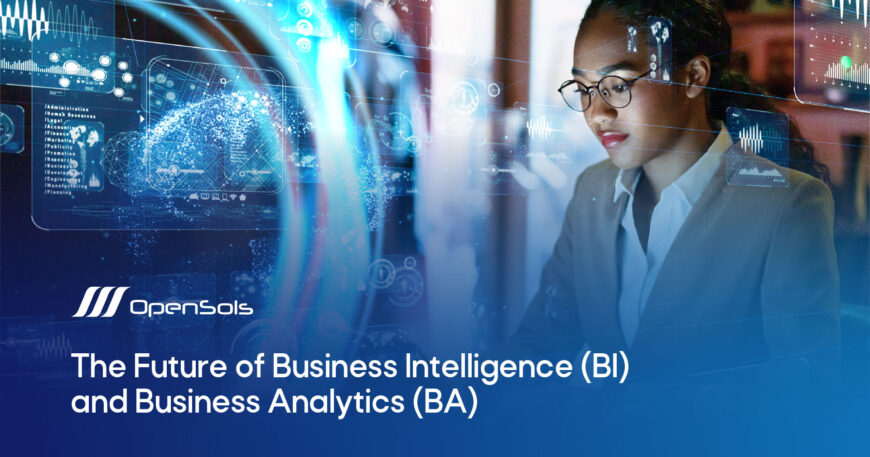Business Intelligence is a set of strategies, methodologies, and technologies used to collect, integrate, and analyze essential data for decision making, thus turning data into a valuable element for companies. Business Analytics collects and analyzes data with a statistical approach and predictive models.
Every time the conceptual gap between the BI-BA becomes shorter, and BA is a subset of the BI. Some authors associate BI with a descriptive approach (what happens) and BA with predictive and prescriptive approaches (what will happen) and (why it happens). Other authors talk of modern BI, which includes Data Discovery tools with agile, intuitive, flexible, and collaborative data self-service features. Self-service provides business users autonomy and the ability to analyze data in real-time. All these features encourage companies to incorporate data into their performance to turn themselves into Data-Driven organizations, and the axis of all its processes and decision-making is the information.
Below, we list the current trends around data analysis, which allow us to visualize the future path of BI/BA:
- Greater use of unstructured data.
- The appearance of Edge Computing to optimize the performance of data transformation processes.
- Increased use of cloud technologies such as AWS, Azure, and GCP.
- Greater use of Machine Learning and Artificial Intelligence. Use of Augmented Analytics and automated insights.
- The proliferation of Data Lakes and Data Lakehouses.
- Improvement of collaboration functions and data sharing.
- Data models will become increasingly complex, and it will be necessary to adopt DataOps methodologies.
- The time used for data preparation will be reduced and the time dedicated to data analysis will be prioritized.
- Data catalogs in BI will play an increasingly significant role.
- The incorporation of natural language processing (NLP) when querying data as input (NLQ) and for the output of automated analyzes (NLG). The adoption of Conversational Analytics solutions for BA will increase.
- The use of Data Storytelling will bring information in the best way to decision-makers
- Greater integration of ABI tools with all systems through APIs and defined standards.
There is still a tendency to use the on-demand model (pay-per-use) and Cloud Computing in Big Data. For example, Amazon AWS enables you to take advantage of the key benefits associated with on-demand computing: seamless access to virtually unlimited storage and compute capacity, the ability to scale your system based on the growth of collected, stored, and consulted data, and pay only for the saved resources. Companies like OpenSols can implement these types of solutions in the cloud using AWS.
Currently, we could say that data in the cloud surpasses those found in data centers. Then, the challenge is to generate information and knowledge to make decisions that change the course of the negative behavior of the business or take advantage of positive behaviors in real-time. This will enhance the use of Data Discovery tools, giving more power to the information consumer.
Predefined dashboards will be replaced by automated, conversational, mobile, and dynamically generated information. Once all the Data Quality and integration problems have been solved, the next thing is to take the power of flexible and intuitive visualization to achieve the democratization of data, as in politics, with good data governance.
All these trends and visualizations of what is coming will bring social and cultural changes. For example, as in previous technological revolutions, some jobs will become extinct, and others will be created. The question arises: “What will jobs of the future look like?”
Osorio, Carlos.“The Future of Business Intelligence and Business Analytics” Translated by OpenSols,(6 September 2020). https://opensols.com/the-future-of-business-intelligence-bi-and-business-analytics-ba/





